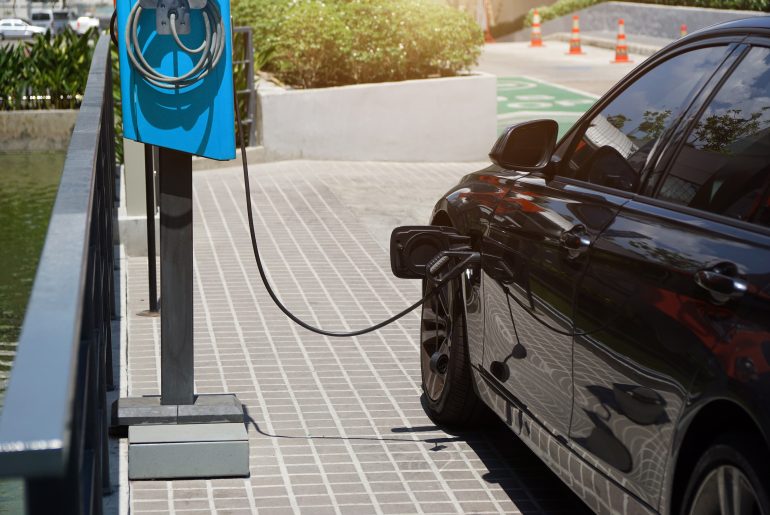Cars powered by fossil fuel produce pollution that doesn’t only hurt the environment but is also a risk in the health of the people. Many countries and states in the US are trying their best to try and lessen the dreadful effects of such vehicles.
Although there are lots of sources of alternative fuel for cars, there are still lots of problems that come with them. For example, cars with hydrogen fuel cells are challenged because of the rarity of hydrogen stations. Similarly, electric cars also take very long to charge and they don’t cover much distance on a single charge.
Nevertheless, there is still something that the government can do to help the transition from fossil fuel cars to alternative fuel vehicles. Such ways include the following:
Research And Development
Cost and expenses are the most common hurdles new technology faces. At first, the costing will really be high but as it improves and manufacturers find a better and more economic manufacturing process, the price will eventually drop.
Here is where the government can help. They can fund research grants and build partnerships with people or organizations so they can research the new technology. When the researchers successfully do it, it is not only them who benefits but the whole industry.
As an example, due to research, there are now smaller and lighter batteries that still offer the same level of power as the previous models. Many are looking forward to further improving those in the coming years.
Infrastructure Network Construction
Researching better ways to improve the battery of electric vehicles, hydrogen fuel cells or other alternatives is just one part of the equation. Another bigger challenge when it comes to transitioning from fossil fuel cars to alternative fuel cars is the construction of an infrastructure network.
Unlike fossil fuel gas stations that you can find just about anywhere, there is still a limit in the alternative fuel infrastructure network. There is now a growing number of recharging stations for electric cars plus owners also have the option to charge at home. On the other hand, hydrogen fuel stations available for public use are only about 14 and they are mostly in California.
Whether it is for fuel cells or for electric charging stations, the network still isn’t comfortable enough for most of the public to change their minds and purchase alternative fuel vehicles. Many are still not confident about relying on electric vehicles to get them where they want or need to go due to the lack of public and accessible charging stations.
Also, the locations of such charging stations or refueling stations should be carefully thought of so that they get efficiently used. Building infrastructures that won’t get used are just a waste of money so they also have to make sure that it’s really going to be used.
Forming Partnerships
In order to determine where hydrogen fuel stations should be put up, the government can create partnerships with organizations of car manufacturers. The manufacturers can share their knowledge about the type of people they think are likely to purchase hydrogen fuel cars or electric cars.
With that identified, they can better determine where to place charging stations or refueling stations. For example, most observe that electric car buyers tend to stay within the city so they can design a network of charging stations that can cover the whole city to prevent limiting where the cars can go.
Offer Incentives
Today, a lot of people are still not convinced of buying alternative fuel vehicles. One way to encourage the public to make that decision is to offer incentives. Usually, these incentives come in the form of tax breaks. In some states, they even offer cash incentives. With such incentives, the price of alternative fuel vehicles cuts down to what more people can afford.
Depending on the state, there are different incentives they have to offer. You can read more about the best incentives by various states in our previous post. The incentives are currently available and they work in increasing the number of electric car sales.
With more electric vehicles, the need for fossil fuel also diminishes and the demand for electricity for charging increases. This helps the locality because instead of buying fuel from other countries, electricity is produced locally.




